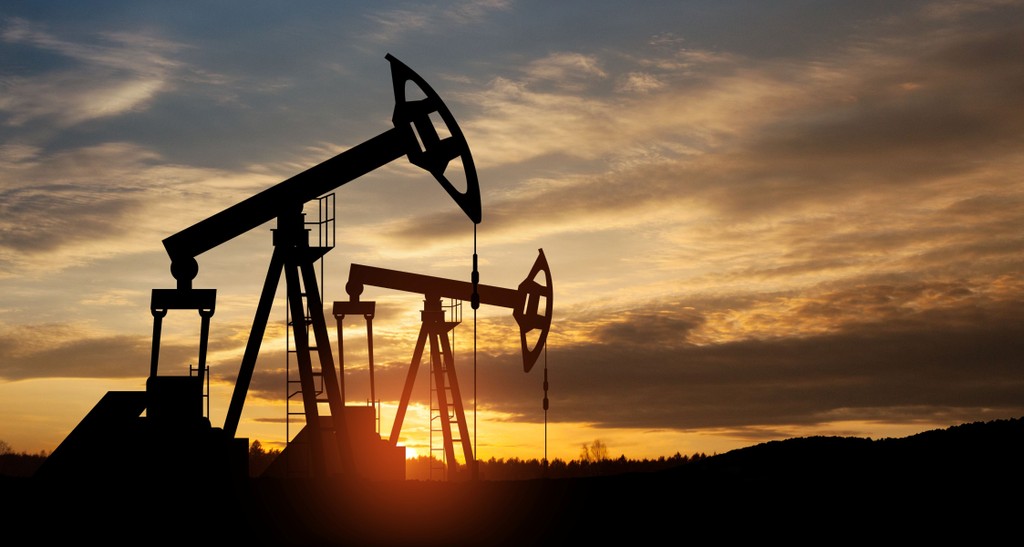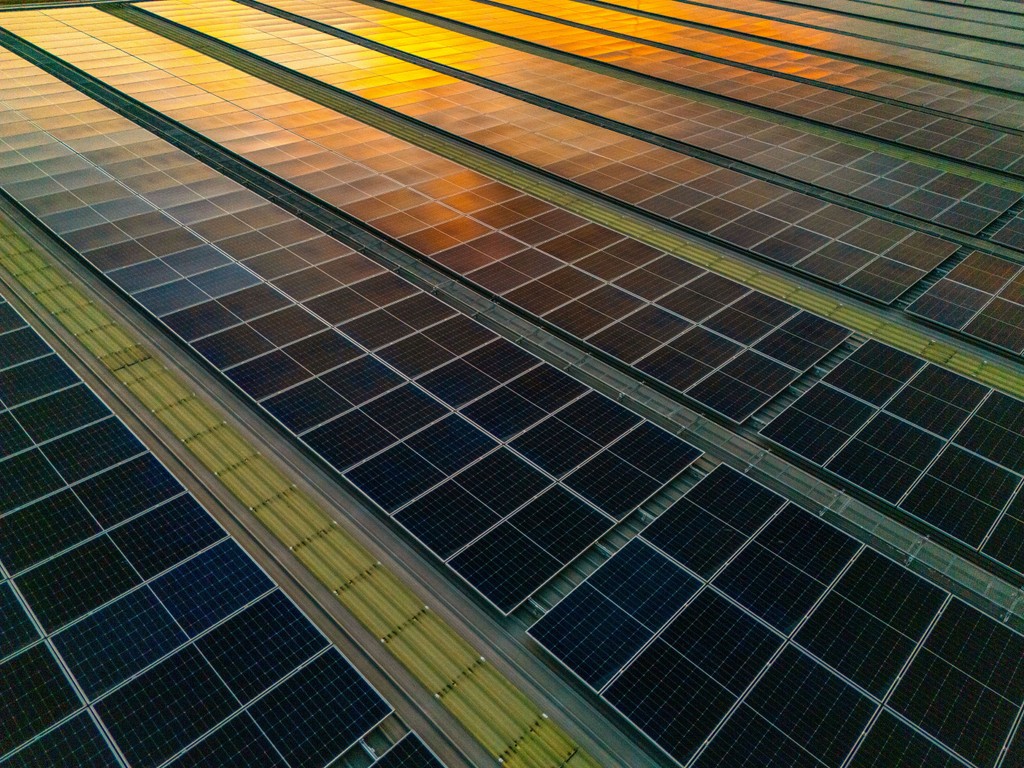This article first appeared on the BNEF mobile app and the Bloomberg Terminal.
- Lithium hydroxide may come into deficit by 2021
- Lithium carbonate continues to be oversupplied

Automakers worried about materials supply for their new electric vehicle models need to take a closer look into the different lithium chemical markets.
Lithium hydroxide is tempting, promising higher energy density batteries that will allay consumers’ range anxiety. Before the onset of Covid-19, BloombergNEF projected battery demand for hydroxide would be comfortably supplied until the mid-2020s. Now, potential delays in financing and expansions may lead to a tight market by the end of 2020 and a potential deficit for the next two years.
Instead, automakers may shift to lithium carbonate. Despite the pandemic, we expect lithium carbonate to remain oversupplied until the end of the decade. Lithium carbonate can be further converted into hydroxide, although at additional cost.
Also, other battery technology, like lithium-iron-phosphate (LFP) that use lithium carbonate could be a safer path for automakers worried about supply security. Tesla Inc. has already bet on LFP batteries to bring a lower-cost vehicle to market in China.
BNEF Shorts are research excerpts available only on the BNEF mobile app and the Bloomberg Terminal, highlighting key findings from our reports. If you would like to learn more about our services, please contact us.






